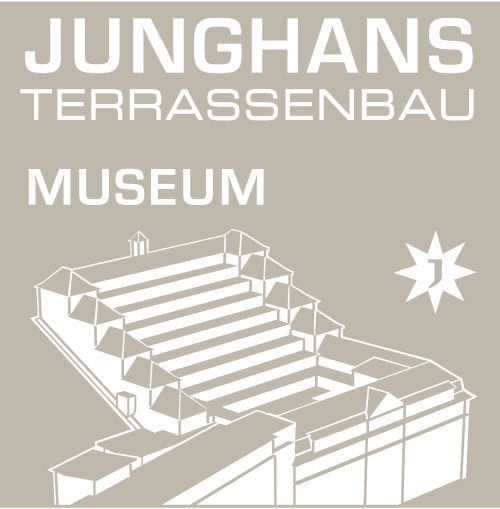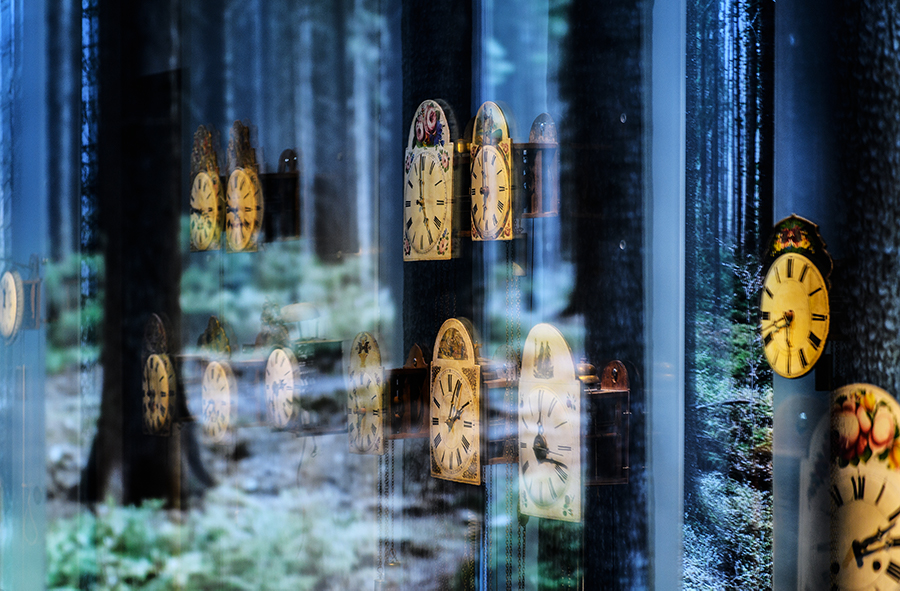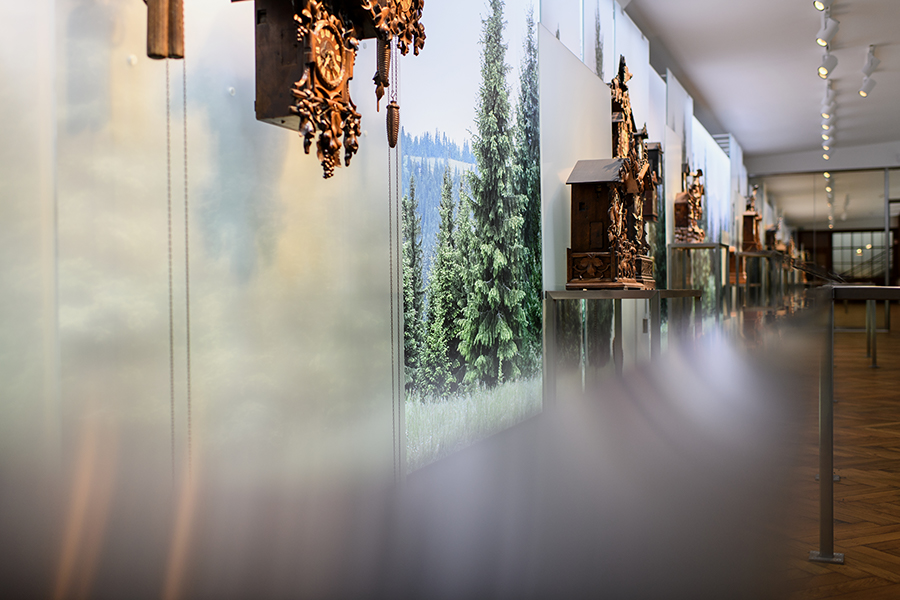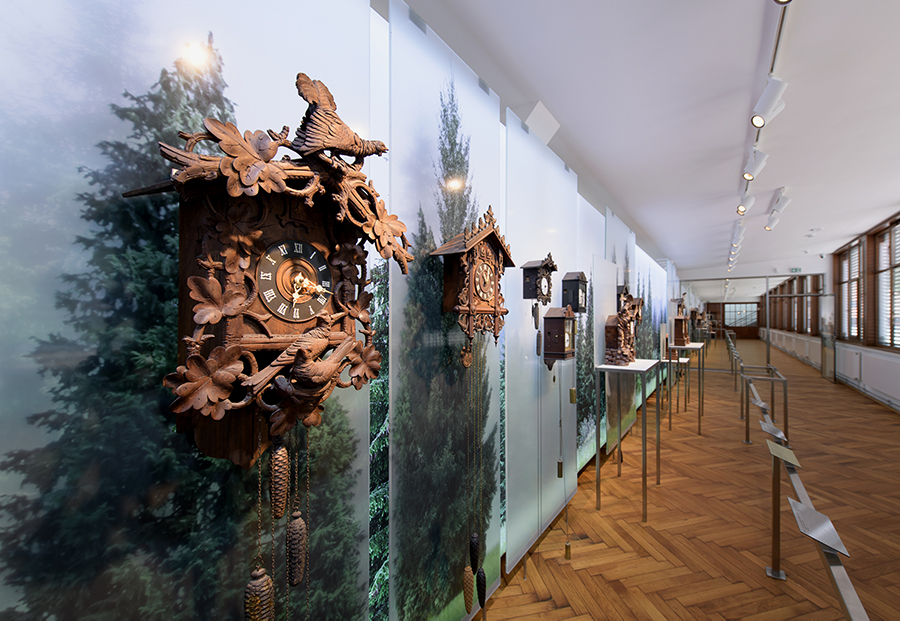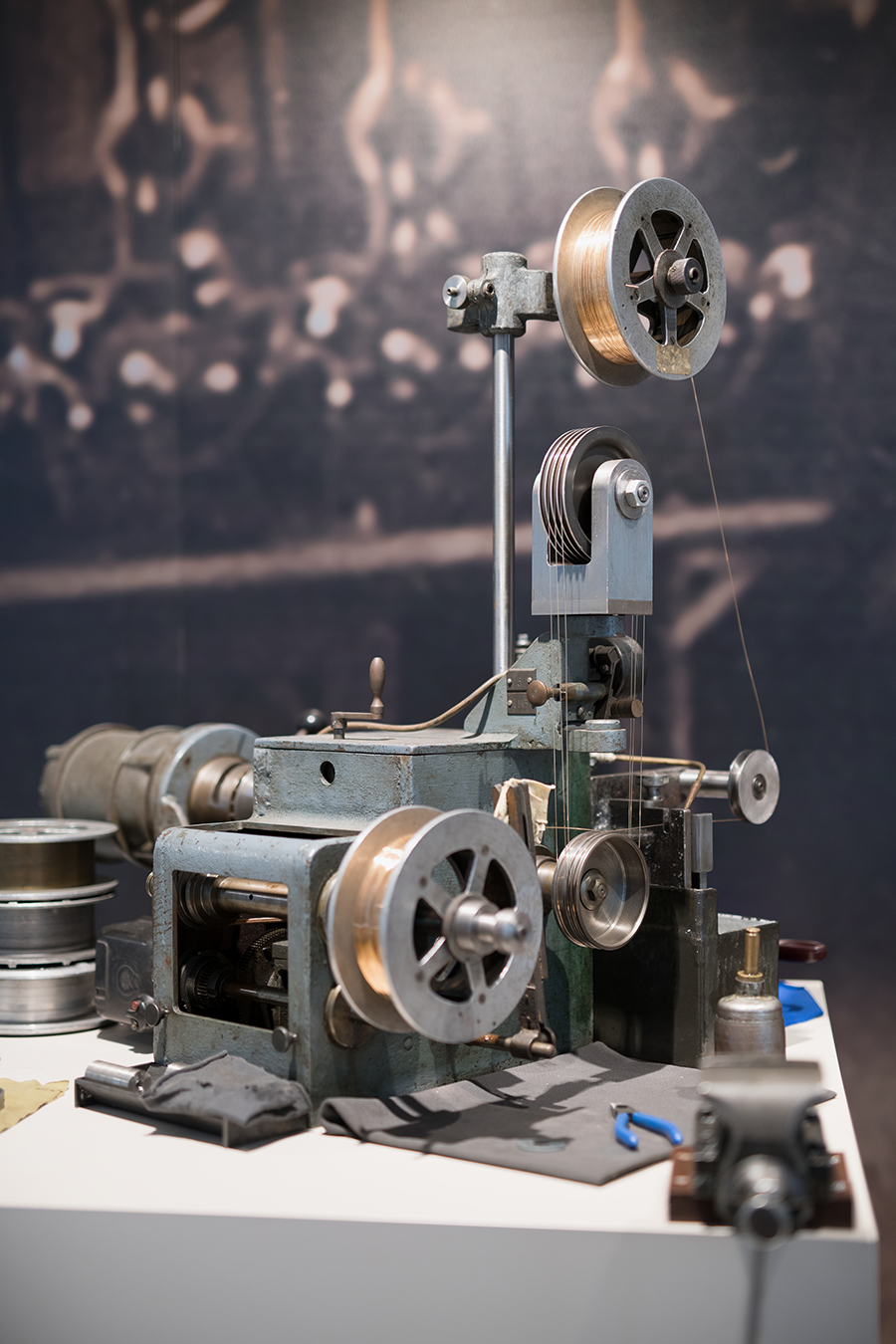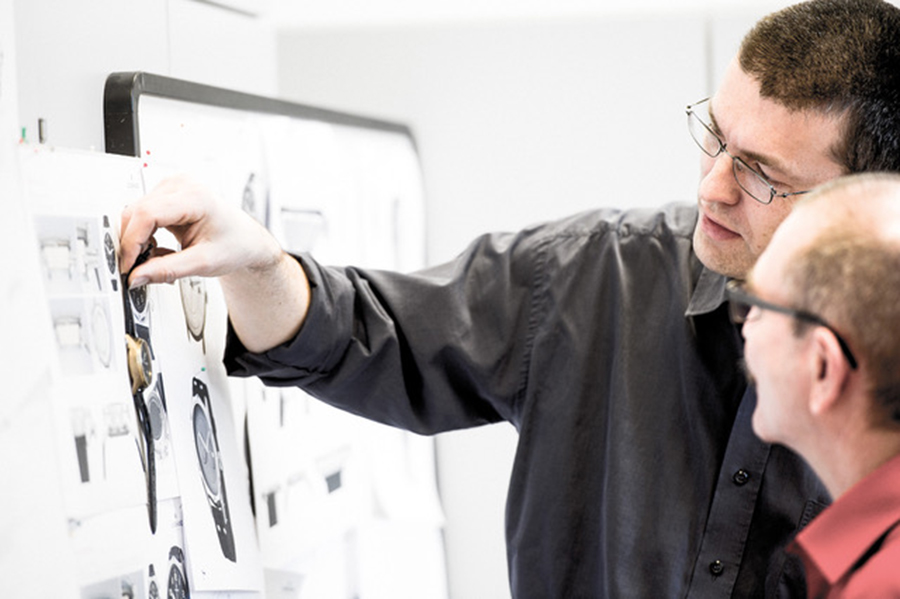Opening hours
Museum
Tuesday - Sunday 10 am - 6 pm
Last admission at 5 pm
Shop
Tuesday - Friday 10 am - 6 pm
Saturdays, Sundays and holidays 11 am - 5 pm
Access to the shop on Sundays and public holidays only
in conjunction with a valid museum ticket.
Closed:
Mondays and on 24.12; 25.12; 31.12 and 1.1.
Fasnet Sunday and Tuesday
Admission fees
Regular:
8,00 EURO
Reduced*:
4,00 EURO
*Children (6-18 years), pupils, students,
trainees, severely disabled.
A valid ID card is required.
Free admission: children up to 6 years
Discounts for guest card and family card holders as well
as special tickets are available at the tickets desk.
Guided tours
Guided tours only by appointment and registration via:
anfragen@junghans-terrassenbau-museum.de
Guided tour package price: 50,00 € (+ admission)
max. number of persons 25 per group.
PR requests
Your contact for press and public relations:
Thomas Weilacher
context-pr@email.de
